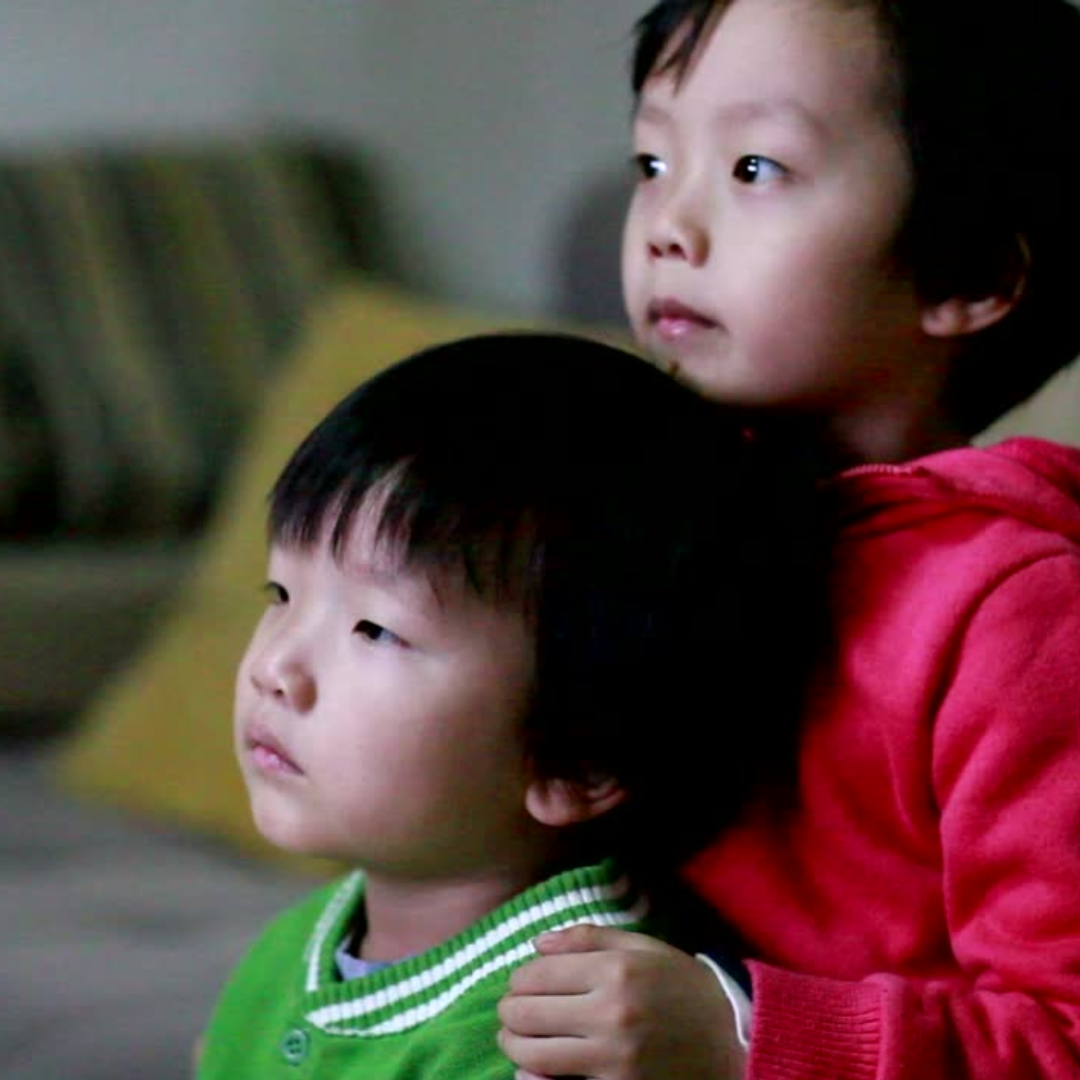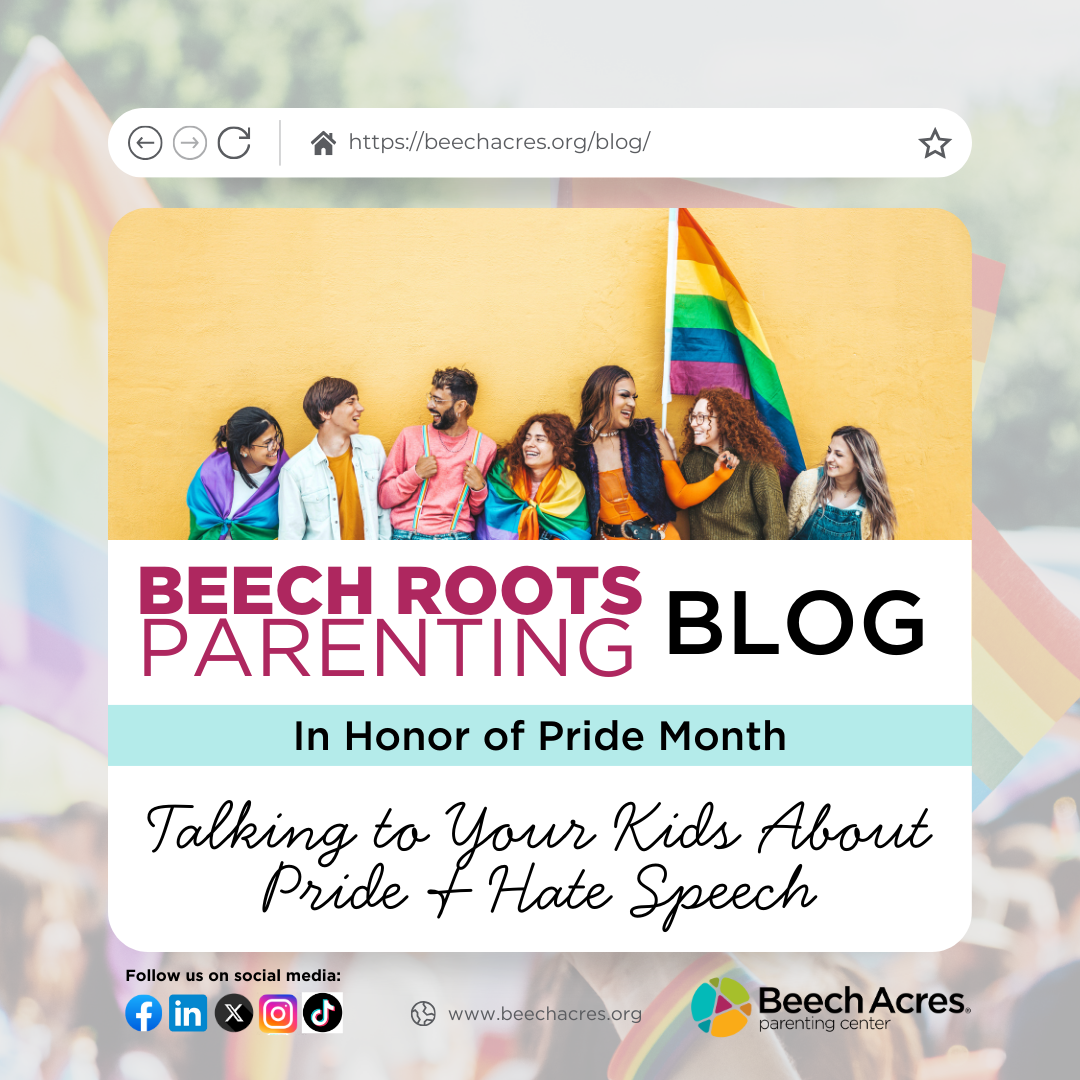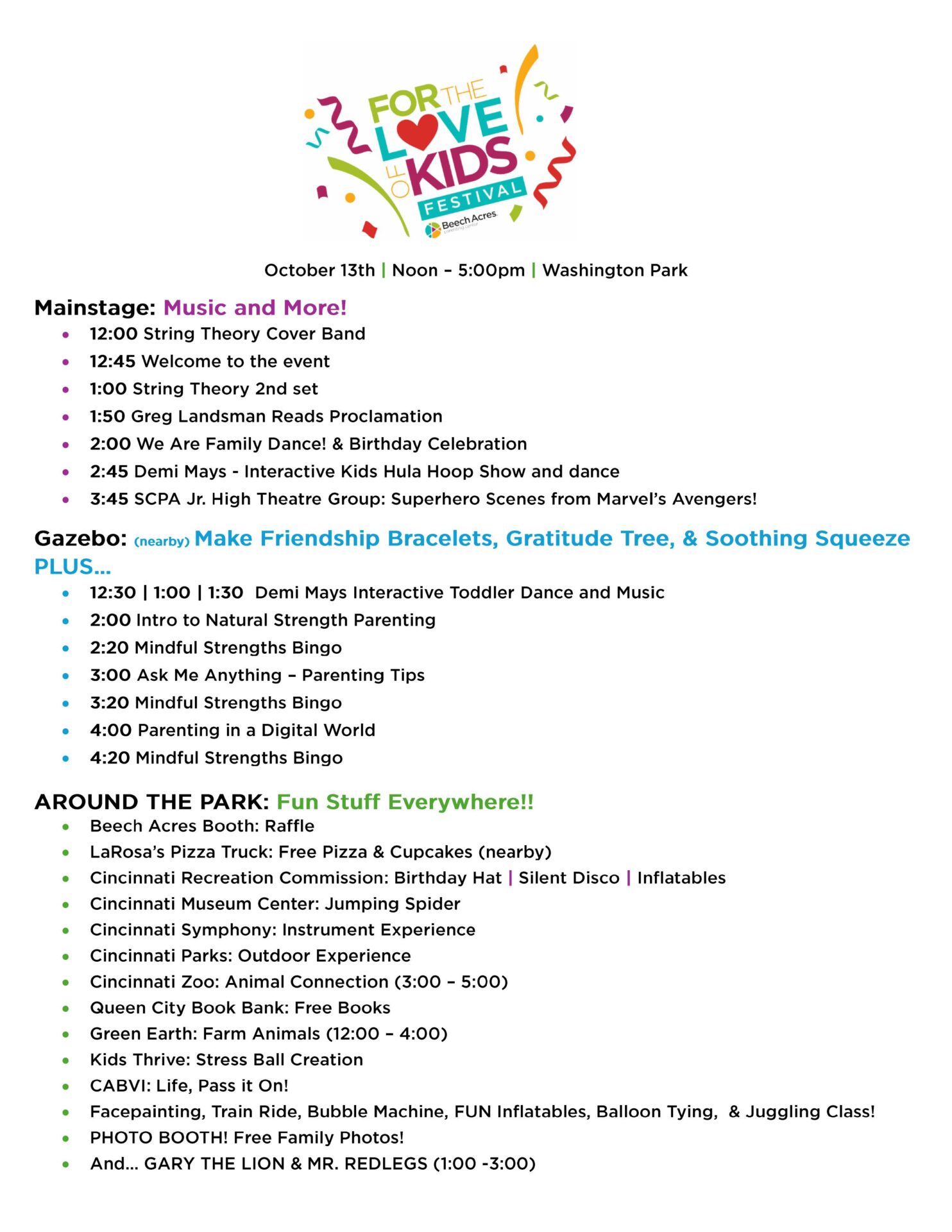What is Discipline, Really?

What is Discipline, Really?
What is Discipline?
By Guest Blogger Connie Harrison, Senior Parent Educator, Beech Acres Parenting Center
The dictionary has several definitions for the word “discipline”. These include; training to follow rules, a set or system of regulations, and punishment. As a parent, what are you describing when you are talking about discipline with your child? Is it punishments or consequences? Is it compliance with rules or your expectations of acceptable behavior? Or is it something else entirely?
Humans are born without the ability to regulate our physical and emotional states. We can observe the beginning of this as a newborn will cry differently to signal hunger from other needs. As parents, one of our most important tasks is to help children go from this start, where all regulation is external, to the desired place in adulthood, where regulation is internal.
This is a process, not an event or set of rules. It takes many of us a lifetime to reach the goal of regulating our behavior and emotions. I find it helpful to think of this as a process, and to describe it as “Guidance”. What does the process of guidance include?
First, it depends on attachment between parents and child during infancy. It includes some information on child development and knowledge of each individual child. It also includes a partnership among the caregivers of each child, especially parents who have the primary responsibility for helping a child with their social-emotional growth. These core elements allow families to set up a system of guidance that is clear, rewards positive behavior, corrects undesirable behavior, and changes as each child grows.
Each family may intentionally determine what the system of guidance includes in their household. One important basis for the system that parents start with is the family’s values. Do you choose honesty and love of learning, or kindness and gratitude? Determine family rules based on these values. Keep it simple, with 3-4 rules stated positively. For example, instead of “No Yelling” try “We use a calm and quiet voice”. Set other limits within the family that are appropriate to the ages of children and the situation. One of the most important things to do within a system of guidance is to be consistent. Children of all ages will test limits, it is one of the ways that they learn. If it is unacceptable to walk around the family room with food on Monday, it must be unacceptable on Thursday and Saturday as well. There are consequences for not complying with the limits. If I go over the speed limit and am observed doing so by law enforcement, the consequence is a ticket. Consequences at home should be similar: fitting the infraction and dispensed both firmly and fairly. Keep in mind that firm does not equal mean.
Be aware that most of us want to “over-explain” to our children. If we are using a system of guidance, with clear rules and limits and predictable consequences, we can keep our explanations short. Our children are not going to agree with us about the consequences, and all these explanations are training little lawyers who have a counter argument for every point.
Above all, establish your guidance with love for your children. Maintain a positive atmosphere in your family, and give real praise and gratitude for kindness every day. Have an established routine each day, and use it to assure that each family knows what to do and is allowed the freedom to have responsibility for their own actions, and to deal with the consequences when they choose not to abide within the limits. Enjoy your family. Celebrate your strengths and accomplishments, review your shortcomings with support to make changes and grow together.





